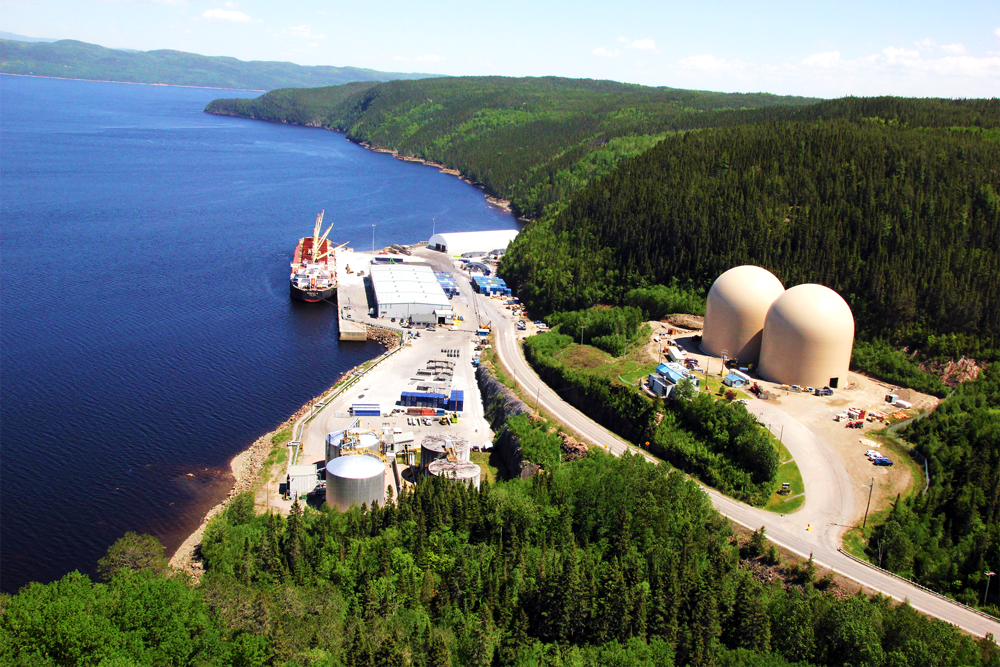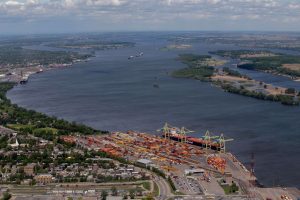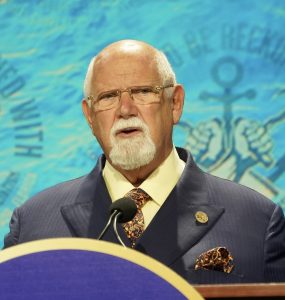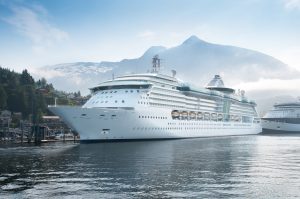Following extensive public hearings, the Bureau d’audiences publiques sur l’environnement (BAPE) has determined that the risks outweigh the rewards for a planned $10 billion project to ship 11 million tonnes of LNG annually to overseas markets via the Saguenay fjord and St. Lawrence River.
Backed by the Legault government but opposed by all the opposition parties in the National Assembly, the GNL Québec megaproject involves the construction of an LNG liquefaction plant, marine terminal and storage facilities in the Port of Saguenay. It also includes the construction of a 782 km pipeline from northern Ontario to Saguenay to transport natural gas from western Canada.
Echoing the concerns of a host of regional environmental advocates, BAPE underlined the substantial risks that the increased maritime traffic would pose for the marine mammals in the St. Lawrence Estuary.
BAPE said it was unable to conclude that the project enjoyed social acceptability, a virtual precondition for final government approval.
In addition, it challenged the assertion by the project’s backers that it would generate a net reduction in greenhouse gas emissions. Rather, the extraction and liquefaction operations would generate some 7.8 million tonnes of carbon dioxide per year – in effect wiping out in one year all gains to reduce GHG emissions in Québec since 1990.
Energie Saguenay has until the coming summer to submit counter-arguments, after which the provincial government will decide on whether to authorize the project.
Billionaire Warren Buffet’s Berkshire Hathaway withdrew in March 2020 its original $4 billion investment in the project which reportedly is still supported by some Canadian and international investors. (photo Port of Saguenay)








